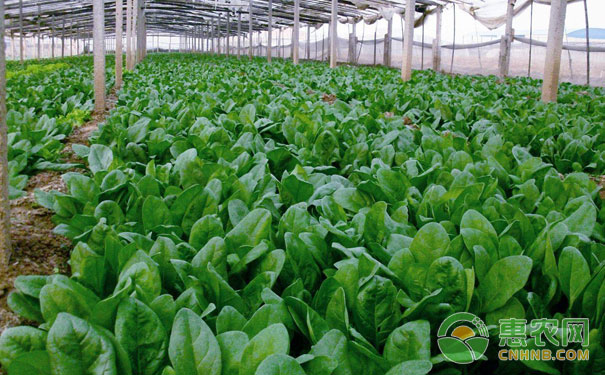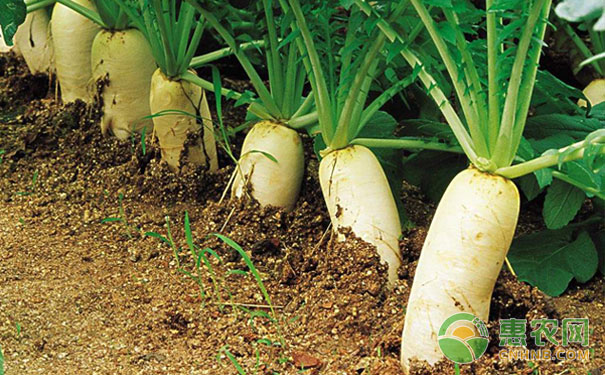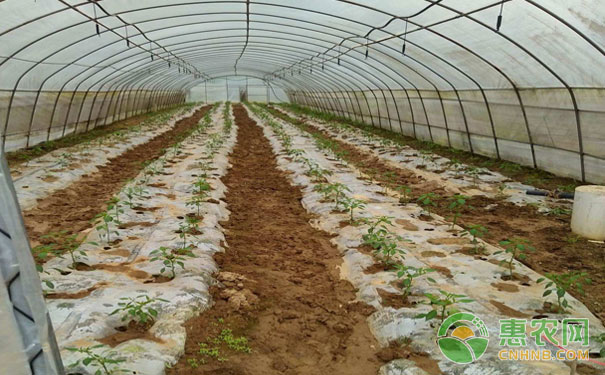What kind of vegetables are suitable for the summer festival? Sowing these vegetables for good growth in the summer
It is well known that the summer heat belongs to the fourteenth solar terms in the twenty-four solar terms. The arrival of the summer means entering the fall of the meteorological sense. What kind of vegetables are suitable for planting in this solar terms? Let 's uncover the mystery of the vegetables that are suitable for sowing in the summer .
It should be noted that although there is a saying of spring harvest in summer, in fact, there are vegetables suitable for different climates in each season, and what kind of vegetables are suitable for planting in the season is a very scientific issue.

1, spinach: spinach can be planted in spring and autumn. But mainly for autumn sowing, the spinach growing period is about 60 days. The right place to grow harvest all year round. North China is also planted in winter and harvested in the spring of the next year. It is commonly known as burying spinach. Spinach has a strong cold tolerance and the optimum temperature for growth is 15-20 °C. The minimum temperature of spinach seed germination is 4 °C. Spinach can withstand low temperature below 0 °C for a long time, but it is not resistant to high temperature. If the ambient temperature reaches 25 °C or above, it will grow poorly.
2, lettuce: lettuce vegetables, including oil wheat, lettuce and lettuce are all cool vegetables. Lettuce seeds germinated at a temperature of 15~20 °C, and the seedlings grew at a suitable temperature of 16~20 °C. The heart of the lettuce leaves began to wrap and the stems of the lettuce began to elongate and thicken, and the growth temperature was 18-22 °C. The growth period of the heading lettuce is 20~22°C during the day and 12~15°C during the night. Generally, 20~25°C during the daytime before emergence/10~15°C night, 18~20°C after the emergence of the seedlings/8~10°C evening. Initial planting: 20~25°C/12°C, after slow seedling: 18~22°C during the day/10°C at night.
3, Chinese cabbage: Chinese cabbage likes mild and cool climatic conditions, the growth temperature is between 10-22 degrees Celsius, the environment temperature is higher than 25 degrees Celsius when the growth is poor, above 30 degrees Celsius can not adapt. Growth below 10 degrees Celsius, stagnant growth below 5 degrees Celsius, Chinese cabbage can withstand light cream but not resistant to frost.
4, mustard: mustard vegetables, including mustard, kohlrabi and mustard. Mustard is cold and moist, but it is hot and dry, and it can withstand mild frost. The most suitable seed germination temperature of mustard is 15~25 °C. This kind of vegetable belongs to autumn-winter winter crop, and its growth period is generally long. The optimum temperature for leaf growth is 15 °C. The average temperature for the growth of edible organs is 8~15 °C. However, the formation of mustard and cabbage mustard requires relatively low temperature. Generally, the leaf mustard is not required for temperature. So strict.

5, radish: radish can be divided into autumn and winter radish, winter and spring radish, summer and autumn radish and four seasons radish. Radish is a semi-perennial crop. The seeds begin to germinate at 2 °C ~ 3 °C. The optimum temperature for germination is 20 °C ~ 25 °C, and the seedling period can still grow normally at temperatures around -2 °C ~ 25 °C. The optimum temperature for stem and leaf growth is 15-20 degrees Celsius, the growth temperature of fleshy roots is 6 °C ~ 20 °C, and the suitable temperature is 18 °C ~ 20 °C. Autumn and winter radish is the most important type of radish.
6, rapeseed: the average daily temperature at 15-18 ° C germination fast, the optimum temperature is 20-25 ° C. The suitable temperature for the bud stage is about 5 °C, the suitable temperature for the bolting period is about 10 °C, the general flowering period temperature is 12-20 °C, the most suitable temperature is about 16 °C, and it does not bloom below 5 °C.
7, collapsed vegetables: collapsed vegetables like cold. The seeds are germinated at 15-30 ° C, with a temperature of 20-25 ° C for germination, 4-8 ° C for the lowest temperature, 40 ° C for the highest temperature, suitable growth temperature of 18 to 20 ° C, and can withstand -8 to 10 ° C. Growth is blocked at temperatures above 25 °C. Cultivation of such vegetables in autumn and winter can be cultivated with low-temperature resistant land-type varieties.
8, vegetable moss: including vegetables and red cabbage and other vegetables. The optimum temperature for growth and development of rapeseed is 15-25 °C. The temperature requirements are different in different growth stages. The seed germination and seedling growth temperature are 25-30 °C; the leaf growth temperature is slightly lower, and the suitable temperature for vegetable moss formation is 15-20 °C. The temperature in the daytime is about 20 °C, and the temperature of the vegetable moss is good at about 15 °C in the evening. The yield is high and the quality is good. When the ambient temperature is too high or too low, the vegetable moss grows slender, resulting in low yield and poor quality.
9, celery: celery is a semi-hardy vegetable, like a cool and humid climate, the lowest germination temperature of the seed is 4 ° C, the optimum temperature is 15-20 ° C, below 15 ° C or above 25 ° C, will reduce germination The rate, germination delayed, the growth temperature at the seedling stage was 15-20 ° C, the optimum growth temperature was 18-20 ° C, and the growth was affected when the temperature was higher than 27 ° C. The seedlings are highly resistant to cold and can tolerate low temperatures from -4 ° C to 6 ° C.
10, Artemisia selengensis: Artemisia is a semi-hardy-tolerant vegetable, which belongs to the cold and humid climate. It can grow in the range of 10 °C-30 °C. The optimum growth temperature is 17 °C-22 °C, and the cold resistance is strong. The variety can survive at minus 3-5 degrees. Therefore, the adaptability of Artemisia selengensis is extremely strong, and it is an important regulated vegetable crop variety that can be grown on an anniversary and can be supplied for the anniversary.
11. Broad beans: Broad beans are legumes that are annual or younger (autumn wintering). The suitable temperature for the germination of broad bean seeds is 16 ° C ~ 25 ° C, the lowest temperature is 3 ° C ~ 4 ° C, the highest temperature is 30 ° C ~ 35 ° C. On the contrary, the temperature required during the vegetative growth period is relatively low, the lowest temperature is 14 ° C ~ 16 ° C, and the flowering and fruiting period requires 16 ° C ~ 22 ° C. It can be harvested in autumn.
12, Dutch beans: Dutch beans are cold, cold-resistant, heat-resistant crops. The germination temperature of the wrinkled seeds is 3~5 °C; the round seeds are 1~2 °C, and the germination temperature is 18~20 °C. The seedling stage can withstand a low temperature of -4~5 °C. Stem grows at a suitable temperature of 9 to 23 ° C, and is frozen at -5 ° C. At the flowering stage, the temperature is 15~18°C, and the pod-forming period is 18~20°C. The peas are not resistant to freezing. When the temperature exceeds 25°C, the fertilization rate decreases, the pods become less and the yield is reduced, and the autumn harvest can be harvested.

Summary: In summary, this is suitable for growing vegetables in the summer season. In addition, there are also vegetables suitable for planting in the 24 solar terms. As long as you master the season, you can plant the freshest vegetables. .
Activated Carbon Filter,Oil Water Separator,Carbon Filter,Filter Oil
Hangzhou Zhongju air separation equipment manufacturing Co., Ltd , https://www.hzzjkfzz.com